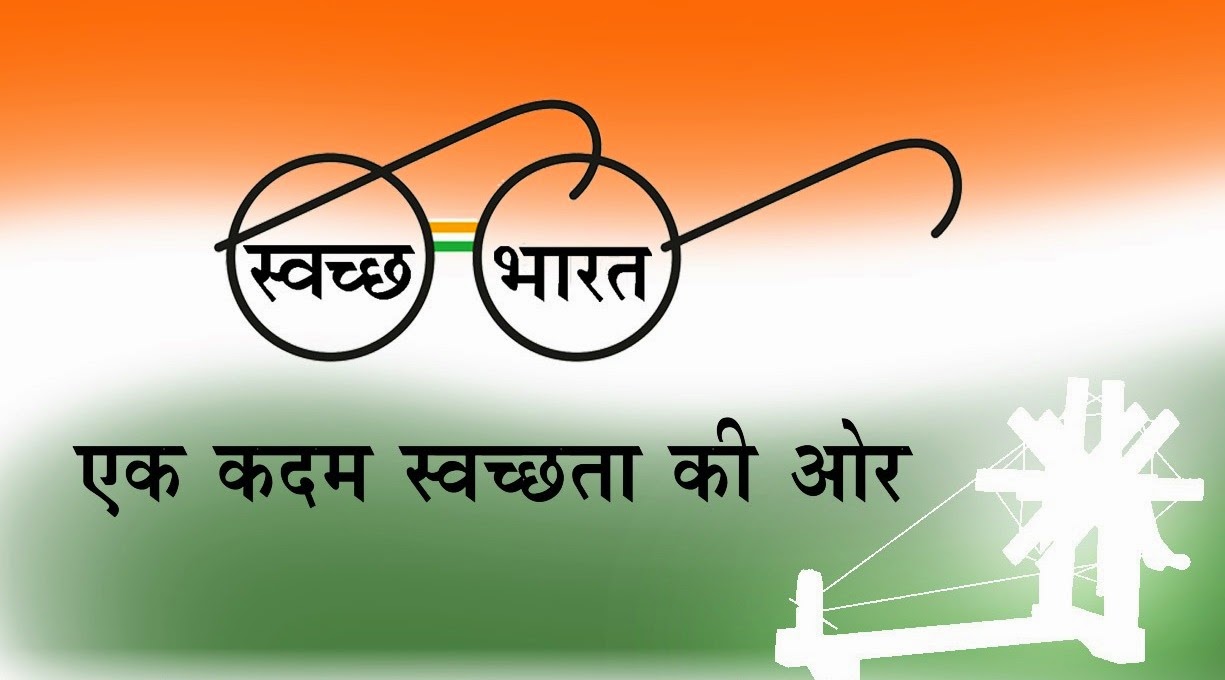The Ministry of Housing and Urban Affairs (MoHUA) has called on states and Union Territories to intensify efforts to transform dirty and neglected urban areas into clean, beautified spaces under the Swachh Bharat Mission-Urban (SBM-U) 2.0. During a high-level virtual meeting chaired by Union Minister Manohar Lal, with Minister of State Tokhan Sahu and Secretary S. Katikithala in attendance, the ministry emphasized a time-bound approach to achieving visible cleanliness across urban India.
Quoting Prime Minister Narendra Modi, Union Minister Manohar Lal reiterated that cleanliness is not a one-time effort but a continuous, multi-generational mission integral to the nation’s lifestyle. “Swachhata is not just a task for a day, a fortnight, or a few people. It is a lifelong mantra, a movement that must persist across generations,” he said, echoing the Prime Minister’s vision.
The ministry highlighted the success of the Swachhata Hi Seva 2024 campaign, which transformed over 8 lakh Cleanliness Target Units (CTUs)—neglected and challenging urban spots such as legacy waste dumpsites. States have been directed to prioritize the identification and beautification of these areas, with a focus on aggressive monitoring, regular reviews, and citizen participation through the Swachhata App. The app, with over 2 crore registered users, allows citizens to report issues with location and images, which are then assigned to ward officials for resolution within seven days. Citizens can confirm or reopen complaints, ensuring accountability.
Manohar Lal described CTUs as engines of urban transformation, emphasizing that cleanliness and urban development are interlinked. “Cleaning CTUs is about turning eyesores into areas of pride, restoring the dignity of public spaces, and ensuring cleanliness is visible and felt by every citizen,” he said. The ministry has outlined a framework for time-bound clearance of these sites, encouraging collaboration with public sector undertakings, private firms, corporate social responsibility groups, NGOs, and startups to adopt and transform CTUs. These units will be mapped on the Swachhata Hi Seva portal for streamlined monitoring.
With only 12 months remaining to achieve the targets of SBM-U 2.0, Minister of State Tokhan Sahu urged states to expedite solid waste management initiatives. He stressed the need for swift action to meet key objectives, including the remediation of legacy waste dumpsites and the establishment of compressed bio-gas (CBG) plants. The ministry has conducted two rounds of state-level meetings in the past two months to review progress, pushing for daily monitoring and accelerated waste processing to achieve the goal of Garbage Free Cities.
In a bid to strengthen capacity and scale successful sanitation models, MoHUA launched the Swachh Shehar Jodi (SSJ) guidelines. Under this initiative, 72 top-performing cities from the Swachh Survekshan 2024-25 will mentor 72 low-performing cities within the same state, following an ‘Each One Teach One’ model. The program aims to foster peer learning, structured mentorship, and collaborative action to replicate effective sanitation practices.
The ministry’s renewed focus on visible cleanliness and waste management reflects its commitment to building cleaner, more sustainable urban spaces, aligning with the broader vision of a self-reliant and developed India.














